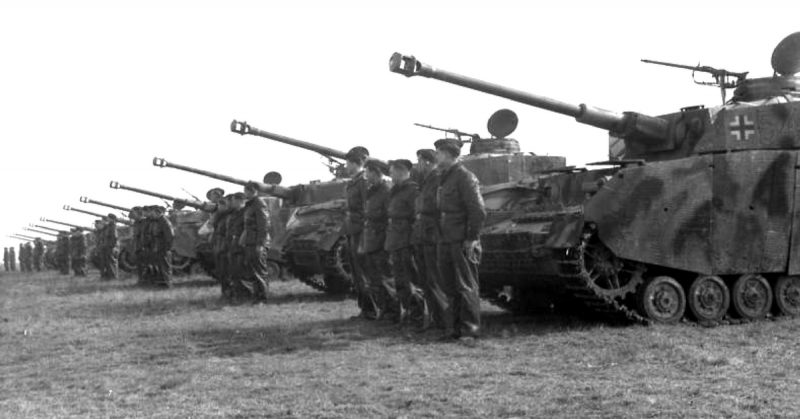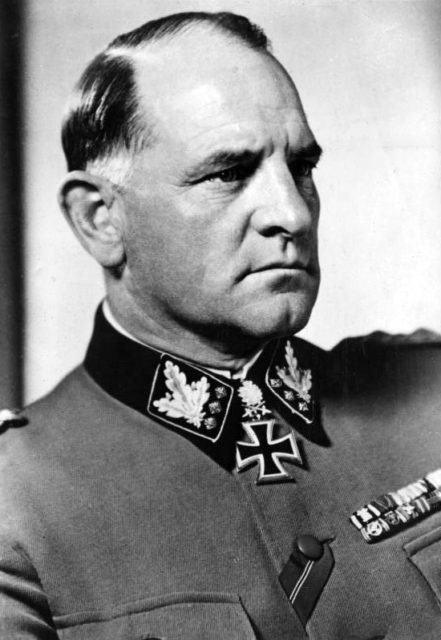Josef “Sepp” Dietrich was one of the principal German tank commanders of WWII. An SS officer and veteran of WWI, he came from a working class background. He was one of those who made the German army of WWII so different from the aristocratic warrior elite from before.
WWI
Dietrich was born in Swabia in 1892. Two days after war broke out in 1914, he signed up to the Bavarian army.
Initially, Dietrich served in the artillery. He took part in the fierce fighting around Ypres, one of the most hotly contested sectors of the war. He also served on the Italian front.
In 1916, the German high command created the units that shaped the SS and Dietrich’s approach to war. Those Storm Trooper units were a hard-hitting force of elite infantry equipped with the best available equipment for offensive work. They brought Germany its successes in the spring offensives of 1918.
First Time With Tanks
Having been awarded an Iron Cross in November 1917, Dietrich was transferred to the Bavarian Storm Tank Detachment. There he learned how to use the new weapon of war. As the gunner in a captured tank, he took part in fighting at Chemin des Dames in June 1918.
When his tank became stuck, he was part of the demolition crew that destroyed it to stop the Allies recapturing it. His actions earned him a Bavarian Military Service Cross.
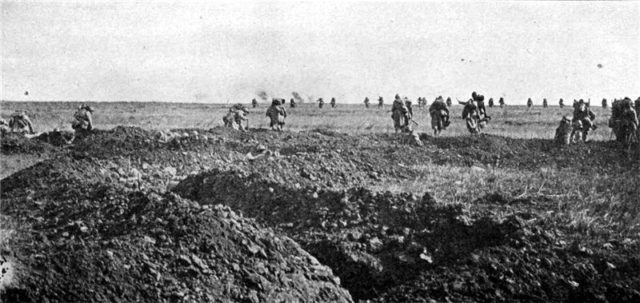
Fighting On
Following the war, Dietrich joined the police. He took a break from that job in 1921 to join German paramilitaries fending off a Polish attempt to invade German Silesia. The Allies would not allow the Germans to use regular troops to defend the land, so it fell entirely to men like Dietrich.
For his part in the fierce fighting at Annaberg, Dietrich was awarded the Order of the Silesian Eagle, 2nd and 1st Classes; a highly coveted distinction.
Rise in the SS
In 1928, Dietrich joined the Nazi party and its paramilitary wing, the SS. Initially unpaid, he also worked at a publishing house. After acting as a bodyguard for Hitler, he won a seat in the Reichstag in the 1930 election and took command of the SS in southern Germany.
As the SS rose in power and status, so too did Dietrich. By 1939, he was a senior commander in a military organization that acted in parallel with the regular army.
Poland
Dietrich had developed a highly respected formation of infantry with a motorized element. In 1939, they took part in the German invasion of Poland.
Dietrich and his troops participated in some of the most intense fighting of the invasion. Faced with a Polish counter-attack, they fought in a two-fronted battle outside Warsaw. They then captured a fort at Modlin, part of the capital’s defensive system.
The West
After Poland, Dietrich moved west for the invasion of France and the Low Countries. During the short course of that campaign, he achieved a great deal. As part of a Panzer formation, Dietrich’s infantry was engaged in the capture of the Hague and the encirclement of British forces at Dunkirk.
During the fighting, Dietrich’s troops were involved in a friendly fire incident in which General Student was hit in the head. The error tainted an otherwise impressive performance.
The Balkans
After the fighting for France, the unit was moved to the Balkans, heading through Bulgaria into Greece. There, Dietrich continued to earn praise for his leadership. An inspiring commander who took great care of his men, he fostered high morale and performance among his troops. His presence was essential to the German victory over the Greeks and their British allies.
Russia
After Greece, Dietrich’s duties alternated between the Russian Front and service in France. His division captured Taganrog in Russia, adding to his fearsome reputation as a soldier. He was a favorite of the German high command, feted by Hitler and given numerous medals. When an SS Panzer Corps was formed in 1942, he was put in charge.
Normandy
Dietrich’s panzer troops were in Normandy during the Allied invasion of June 1944. As the Germans were driven back in chaos, he repeatedly visited the front lines. His example once again bolstered morale during a difficult period. His visits also gave him a greater understanding of what was happening at the front.
In September, Dietrich was summoned to see Hitler. A new SS armored force, the 6th Panzer Army, was being formed. Dietrich was put in charge.
He struggled to prepare his new army for action. Lack of fuel prevented them from properly training.
The Bulge
In December 1944, the 6th Panzer Army was given the task of spearheading Hitler’s counterattack through the Ardennes.
Dietrich knew it would be a disaster. The roads were inadequate for the advance. His men lacked training and experience. There was not enough fuel or a proper way to distribute it.
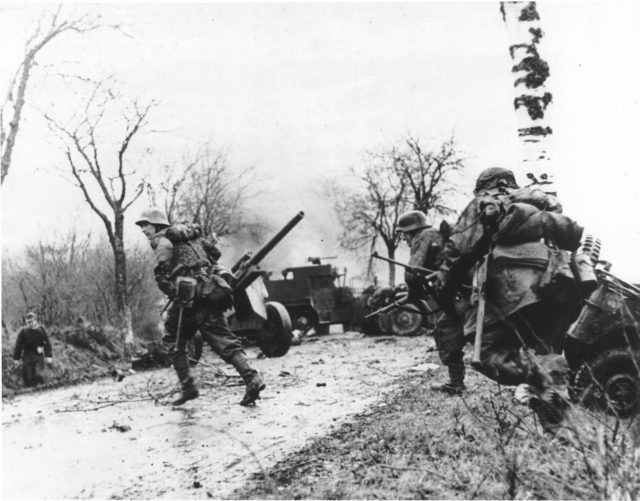
Despite Dietrich’s repeated protests, Hitler insisted he go ahead with the plan. From the start, it was evident the offensive would fail. German forces were trapped in what became known as the Battle of the Bulge.
Following the failure of the breakout, Dietrich faced blame and recriminations from other commanders. As their empire fell apart, German officers were turning on each other.
Retreat
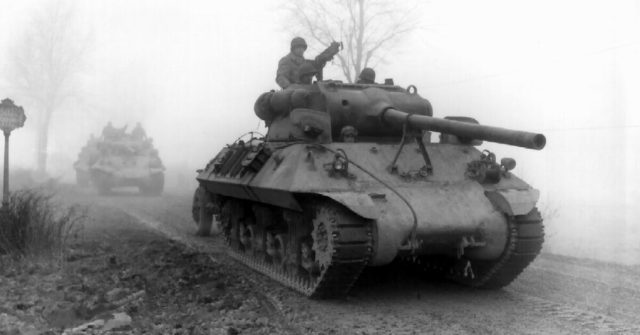
Like the rest of the armed forces, Dietrich now took part in a desperate fighting retreat against overwhelming odds. Sent east, he fought against the Red Army in Hungary and Austria. His failure to achieve the impossible and turn them back earned him Hitler’s wrath.
His SS units were ordered to take off their cuff titles, the sign of their allegiance. Following a personal reprimand from Himmler, Dietrich tore off his Knight’s Cross and flung it down in disgust.
After ordering his troops to surrender to the Americans, Dietrich was captured by US forces. He spent ten years in prison for war crimes before returning home to Bavaria. He died of a heart attack in April 1966.
Source:
James Lucas (1996), Hitler’s Enforcers
